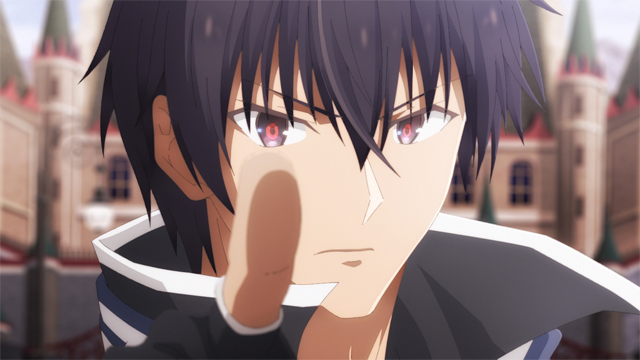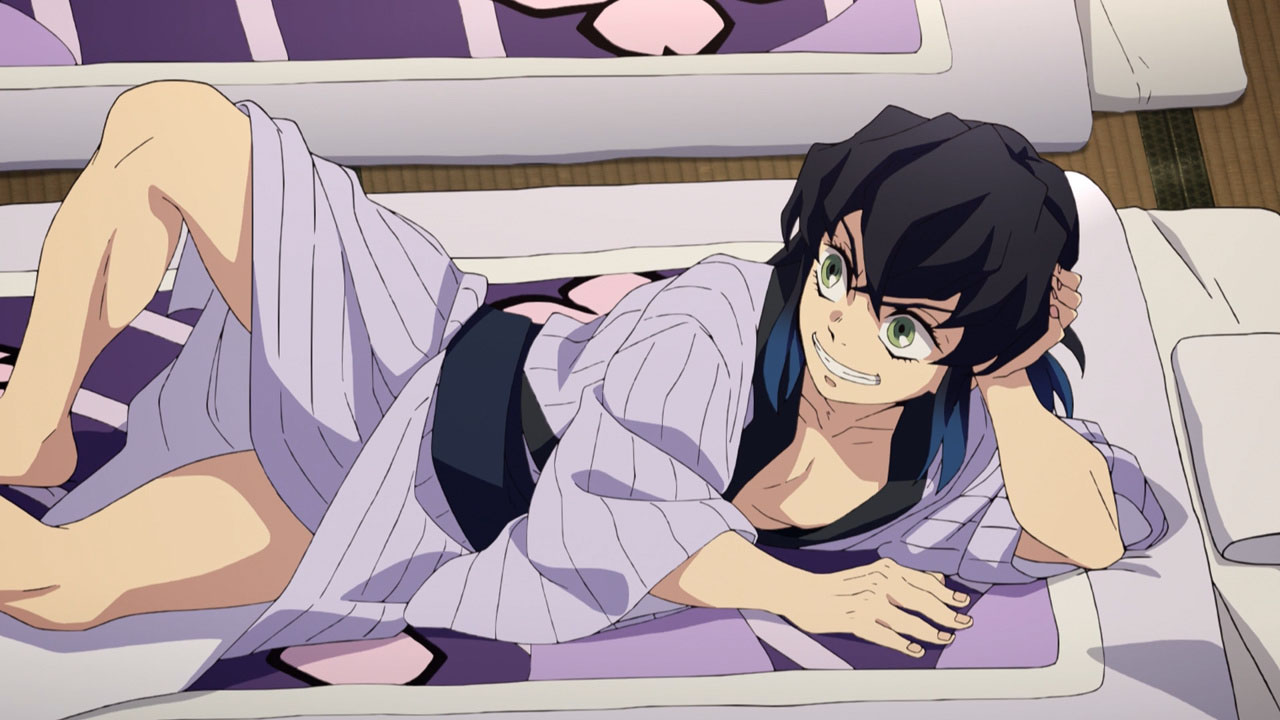#The Misty Battlefield Fails To Do Justice To Its SRPG-Deckbuilder Concept

There are two great joys when it comes to deckbuilding games — wielding a deck that dominates the opponent, and making the decisions that lead up to that apotheosis. C.A.R.D.S. RPG: The Misty Battlefield, a strategy RPG where attacking and being attacked causes transitions into card-based battles, nails the feeling of empowerment when your units obliterate foes in one devastating turn or employ a stack of beefy defense cards to ward off a monster’s attack. Unfortunately, the game’s deckbuilding system and combat encounters lack the required variety to keep things feeling fresh and exciting, a flaw that feels more pronounced given the basic nature of the missions, story, and meta-progression tree.
First things first: “roguelike-style” deckbuilding is part of C.A.R.D.S. RPG‘s description, but that’s a bit misleading. It’s true that every time you slay a foe or interact with a card-giving chest on the battlefield, you are able to select a card out of a few options. However, the loss of all of your units only sets you back to the start of the current stage, rather than at the very beginning of a game like a normal roguelike. This is a good thing because having repeated runs in this game would have likely driven me slightly mad.
In C.A.R.D.S. RPG, you lead the Clausewitz Battalion, a mercenary group that finds itself travelling to the Fahftania kingdom to stop deadly Chimera experiments. Like many JRPG characters, they are represented on the battlefield in chibi form (the enemy proportions are more varied), which provides welcome contrast to the subdued and moody colors of the game. The game also displays units inside gilded portrait frames during movement, and when combined with the top-down 2D levels, it can feel as if I’m moving pieces in a boardgame. This aspect gives some charm to the levels, which look nice enough but aren’t memorably striking, even if the setting for the current stage is a town in flames or a sinister laboratory covered in purple miasma.


All of the Clausewitz Battalion’s eight units — five default and three unlockable — have different passive traits, movement/attack ranges and patterns, and stat numbers. There’s a Luck stat that, like the precise influence of the stat numbers on unit performance, still remains a mystery to me, although it might be related to the attack cards’ hit chance.
Items are one way of improving their base performance. The Cavalry unit Erik Lapide is an all-rounder whose long horizontal and vertical move distances easily carry him into combat, so amulets that boost his attack and defense make him an even more formidable combatant. With the addition of Blessed Holy Water that heals him after every battle turn, he gets natural staying power and allows you to preserve your precious few healing potions. Meanwhile, the Scout Seth Arden isn’t a great fighter, but he has good vision — meaning that he can see further into the fog of war and reveal enemy identities — that can be further boosted with looted trinkets.
It would be natural to assume that the deckbuilding aspect would allow you to customise and differentiate these units even further, but this isn’t the case. C.A.R.D.S. RPG has made the very strange decision to tie the same up-to-50-cards deck to everyone — not only the same type of deck, but the exact same selection of cards. The shared deck element feels even more head-scratching given the presence of unit-specific cards. I really wanted to take the Cavalry-exclusive “Knights Resolve,” which gives your attack 20 more damage and improves your defense for three turns, and I was always intrigued by the Wizard card that applies a random debuff. Unfortunately, there’s just no point in filling your deck with cards that only one or two units can use, especially when your units’ invulnerability can be upset by a single bad draw or misclick.


The lack of variety in the overall card selection also hurts the deckbuilding. The 106 card total includes their once- and twice- Enhanced versions, so much of the deck progression takes the form of linear upgrades — more damage, stronger shields, higher debuff percentages, more healed health. I quickly found a build I was comfortable with and spent an inordinate amount of time skipping card selection screens (a couple of times, I was forced to skip because a bug prevented me from cancelling my decision). The number of times I skipped would be even higher if the story campaign didn’t force me to discard three cards at the end of every stage.
Despite its big fumbles, the deckbuilding does at least provide the satisfaction of allowing your mercenaries to grow from weaklings to demigods (just don’t let them take direct damage). At the start of the game, killing just a standard enemy is a challenge. You only get three combat turns against normal foes (five against bosses) per scuffle, and your early damage output isn’t high. Once your forces grow in power, however, it becomes much easier to avoid damage and to deal killing blows in a single encounter.
It’s fun to slap a defense-degrading debuff — a tool so integral to the game that the Enhanced versions of your basic attack come with it — on an opponent before going to town with an assortment of damage cards, and it’s amusing to see a monster struggle to hurt you because of your high shield values or constant stuns. Even bosses quickly stopped feeling like much of a threat once I realized I could use shield cards to negate their fatal stuns, a result of the game attaching a damage value to stun abilities.


The most empowering moments come from bullying melee fighters from a distance with the Clausewitz’s Archer and Wizard units. In these circumstances, friendly ranged units get one turn of attack (ranged enemies only play one attack card, which still hurts plenty) without fear of retaliation. After unlocking an extra Cost for ranged units via the very plain, stat upgrade-filled meta-progression tree (which conserves your earned XP even upon failure), a single turn alone becomes capable of annihilating most enemies or leaving them on the brink of death in the later stages of the game.
However, the fun of combat eventually wears off, and it’s not just the fault of the deck. Enemies are varied in visual design, but I didn’t feel the need to change tactics regardless of whether I was fighting a sand worm monster, a wolf, or a mounted lancer. Every stage requires you to find and kill a boss enemy. The level design is uninteresting and often straightforward, with a lack of tactic-influencing terrain features. Terrain props like snow-crusted trees and columns in a desert might be nice to look at, but they don’t change the fact that I spent the bulk of my time advancing semi-cautiously across dull layouts and smiting any enemy that was in the way.
One part of the final stage forced me to consider how my forces would advance against ranged enemies that guarded the main path and side routes, and there are occasionally enemies that pursue your forces persistently, but moments like this barely exist in the rest of the game. Ignoring a slightly maze-like level that was annoying to navigate due to its walls being difficult to distinguish from the ground, the only memorable stage was one that forced my troops into a head-on confrontation in the middle.


C.A.R.D.S. RPG does try to encourage strategic movement and positioning with the Break mechanic, where repeated attacks from a unit that counters the target enemy type culminates in a stun. There’s also Voltage, an additional stat-boosting levelling system that resets its progress at each stage and carries a health refresh from hitting milestones on its bar. This made me consider keeping a wounded unit hovering near the frontlines to simultaneously finish off an injured enemy and level up. They’re interesting features, but they’re hardly something that can carry a game.
I’d hoped that the story would be a small saving grace, but it’s really just there to provide light, contextual set dressing for each stage rather than to immerse you in a gripping narrative. It’s amusing how the final cutscene plays out in a way that assumes the rest of the game had managed to endear its characters to me, when the reality is that I have to read text descriptions to learn their backgrounds.
At the very least, the story sections provide opportunities to see illustrations of the characters in life-sized proportions (it’s mostly cutscenes with the in-game 2D sprites, though) and listen to voice actors like Lynn, Chiwa Saito, and Nobuhiko Okamoto outside of snippets of battlefield dialogue. The English voice-acting is a mixed bag that ranges from not bad to sounding so stilted and feigned that it feels intentional, but I did switch to it a few times when the repetition of the gameplay started to dull my focus.


After beating the tedious and uninteresting final boss, the game unlocks the World Map, which is basically a New Game Plus mode that lets you replay stages in any order with no story sections. I only used it to test out Hard difficulty (which makes enemies tankier) for a particular stage; I appreciate the World Map’s inclusion, but C.A.R.D.S. RPG’s gameplay loop is too repetitive to provide incentive to replay. If I fire up the game again, it’ll just be to listen to the regal and rousing brass sections of the main menu music, which I seldom skipped.
Merging SRPGs and deck-building is a fine goal, but C.A.R.D.S. RPG is too undercooked and repetitive to do its hybrid concept justice. The silver lining is that I’m now in the mood to try more Japanese SRPGs/Tactical RPGs that aren’t called Valkyria Chronicles, but it’s a shame that C.A.R.D.S. RPG doesn’t manage to be as interesting as its hook.
Reviewed on: PC (Steam)
Available on: Nintendo Switch, PS5, PS4, Steam
Release date: May 23, 2024
Developer: ACQUIRE Corp.
Reviewer’s note: C.A.R.D.S RPG: The Misty Battlefield launched with DLC that includes five unit packs. This review covers only the base game’s contents.
If you liked the article, do not forget to share it with your friends. Follow us on Google News too, click on the star and choose us from your favorites.
If you want to read more anime-manga articles, you can visit our anime-manga category.



